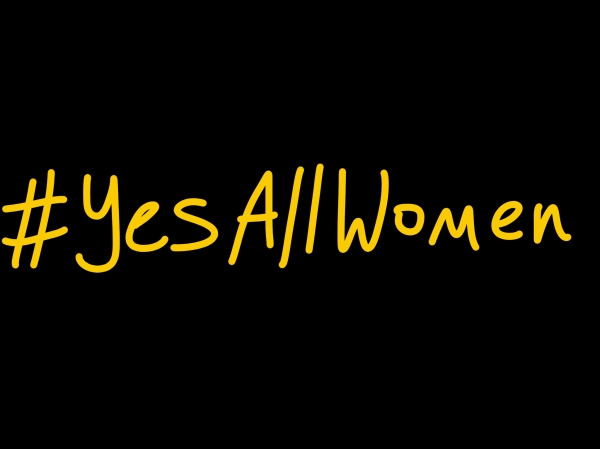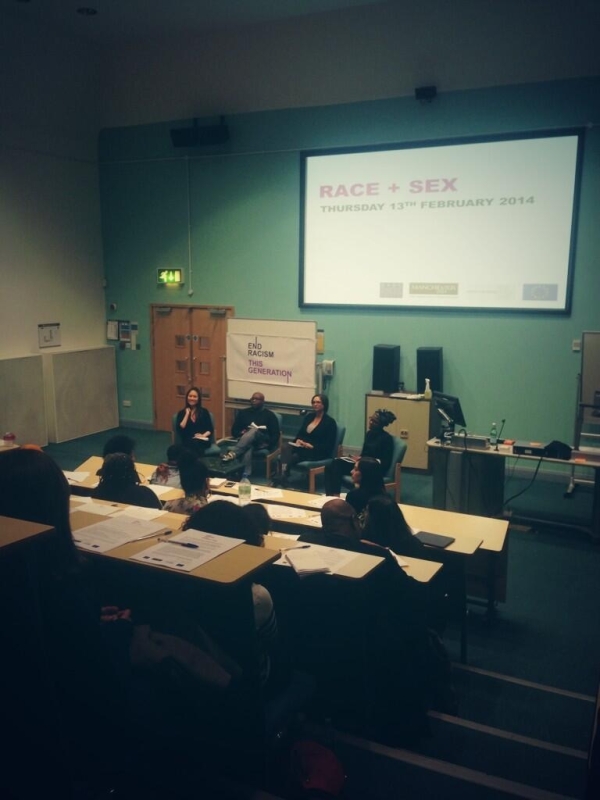
The media loves a little political or social upheaval. In the wake of the disastrous result of the EU referendum, newspapers across the country have been relishing the chaos, as they churn out headline after headline, each more sensationalist than the last. The pound at its lowest value in 30 years! Racism and hate crime have gone up 500%! The numerous lies of the Leave campaign leave voters reeling! Xenophobia sweeps across the country!
Yet, something about their seeming outrage at the miserable state of affairs we are in leaves a bitter taste in my mouth. Perhaps it is their positioning of themselves as objective observers, just as shocked as anyone by the horrific unfolding of events, when in so many cases, they helped to create the very climate that they are now reporting on? I have yet to find a mainstream media outlet that has acknowledged its own role in shaping public opinion in the lead up to the referendum, or in helping to fan the flames of racial intolerance.
Of course, the two worst offenders that spring to mind are The Sun and the Daily Mail, rather frighteningly, two of the biggest papers in the UK in terms of circulation. With headlines such as, “4000 foreign murderers and rapists we can’t throw out…and, yes, you can blame human rights again”; “Warning on UK Muslim ghettos” and “Migrants: How many more can we take?” from the Daily Mail, and The Sun’s equally pernicious headlines: “1 in 5 Brit Muslims’ sympathy for Jihadis” (a report that was described as hugely misleading and irresponsible), “Halt the asylum tide now”, “Draw a red line on immigration, Mr Cameron…We’re seeing red”, and “Where the Brex was won: Streets full of Polish shops, kids not speaking English…but Union Jacks now flying high again”, it is not difficult to see what role these papers have played in the public’s misconceptions on immigration, and the fueling of racial tension. For all that, in a move of rank hypocrisy and a glaring lack of self-awareness, The Sun had the audacity to call for racial tolerance after Brexit, sparking sharp criticism from James O’ Brien, among others.
Blame cannot be solely confined to these two papers, however. Even the supposedly impartial BBC has a lot to answer for in terms of contributing to the sorry state of affairs the UK is in. Right now, an open letter to the BBC is circulating, in which its nearly 200 signatories condemn the BBC’s decision to allow a fascist, complete with a swastika tattoo, airtime to espouse his beliefs unchallenged.
Even before the referendum, the BBC had been receiving complaints about its lack of partiality in political coverage. Last year, for instance, it decided to furnish UKIP with three party broadcasts a year, while giving the Green Party none at all, despite the fact that both parties had one elected MP each. Nigel Farage has appeared numerous times on Question Time, with much of the debate centering around UKIP and their policies whenever he or one of his MPs appears.
While UKIP receives (as reported in The New Statesman) “historically unprecedented levels of coverage for a minor party”, more progressive views are given short shrift. The aforementioned left-wing Green Party famously struggles to gain media coverage despite its growing membership and support, and was even excluded from election debates, leading MP Caroline Lucas to seek legal action. Even Labour leader Jeremy Corbyn, currently in the spotlight due to the attempted coup within the party, has not enjoyed much publicity for his speeches or opinions.
The rise of dangerous politicians with outrageous soundbites, such as the UK’s Nigel Farage or Donald Trump in the US, raises some troubling issues which the media cannot ignore. In the age of clickbait social media, it is easy to see why ignorant political figures who spew offensive rhetoric at every turn get far more than their fair share of airtime — not only do they attract far-right supporters, delighted that their views are being spread on mainstream media, they attract an absolute avalanche of ‘outrage clicks’ and ‘outrage shares’ as well. Certainly more clicks and shares than nice, do-gooders like the Green Party or Jeremy Corbyn can whip up. Although the vast majority of those shares are done through a frame of ridicule or disgust, what has become increasingly clear over the past few months (years?) is that, for politicians at least, bad publicity is far preferable to no publicity at all.
Media outlets have to come to terms with the uncomfortable truth that, far from being mere reporters reflecting the public’s fears over immigration and intolerance of foreigners, they may be responsible for feeding that sentiment themselves. In a study by Murphy and Devine (2016), evidence was found suggesting that the relationship between media coverage and party support was one way, with media coverage driving party support, but not the other way around. A rather concerning line in the paper reads, “Additionally, qualitative investigation of the dynamics suggests that in at least two key periods of stagnating or declining support for UKIP, media coverage increased and was followed by increases in public support.”
Perhaps something for editors and broadcasters to bear in mind the next time they decide to give voice to extremist views.




